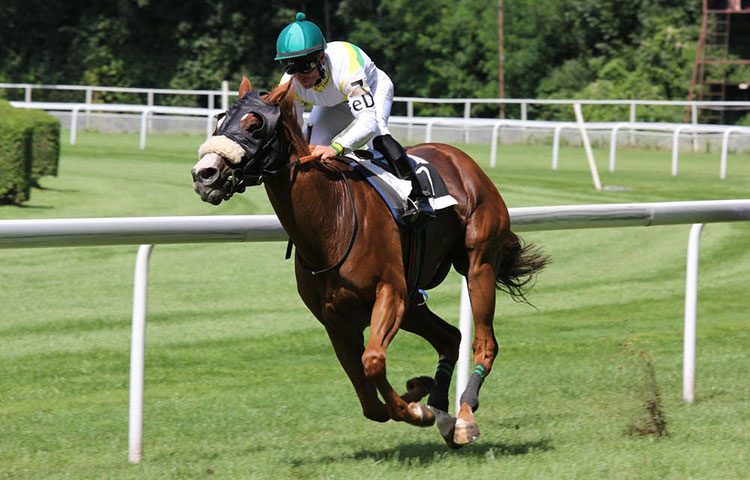
As we enter the spring, excitement is growing among horse racing fans with some of the sport’s biggest events fast approaching. The Grand National is the most prestigious of these events, famous for three days of competitive racing that captivate fans. Many of these fans enjoy getting in on the action, taking advantage of sites like oddschecker, which features a dedicated page for free bets that can be used for the Grand National. While betting has been an important part of increasing the popularity of the sport, there are also fans who simply marvel at the impressive conditioning of the horses. This is achieved because of selective breeding, carefully constructed training regimes and strict diet plans.
Breeding
Unlike human sports, where athletes can often appear at the top level despite missing some of the formative stages of preparation, horses must be specifically bred to have a chance of competing at the top level. In fact, all of today’s British thoroughbreds are descendants of three Middle Eastern stallions that were imported into England between 1680 and 1730. However, recent research suggests that a pedigree bloodline doesn’t guarantee results, which has led to genetically guided breeding techniques. Both methods have been used successfully over the years, creating a level of competitiveness that increases with every generation.
Training
Horse training begins with a process known as “breaking in” at 18 months old using a variety of methods that are centuries old, like long reining, where a riderless horse walks with the assistance of a trainer who guides the horse from behind. Once this stage is mastered the horse is then slowly introduced to riding with a jockey and following his or her commands. They are gradually taught to run at different speeds on command, on different gradients, before learning to jump and land. The latter parts of the training are often carried out alongside another horse to teach them to compete while staying attentive to the jockey’s instructions.
Diet
Diet is a vital part of any thoroughbred training programme, with carefully managed quantities of different nutrients. The focus is on foods that provide high amounts of slow-release energy, meaning plenty of carbohydrates. They also require a lot of protein for muscle repair and growth, as well as fibre and starch. Most horse food comes from natural sources, typical examples include wheat, corn, barley and forage, a mixture of grass and hay. Horses can run so quickly for so long because they sweat quite a lot, so it’s important they stay hydrated with up to 50 liters a day.
related store
TBD

Leave a Reply